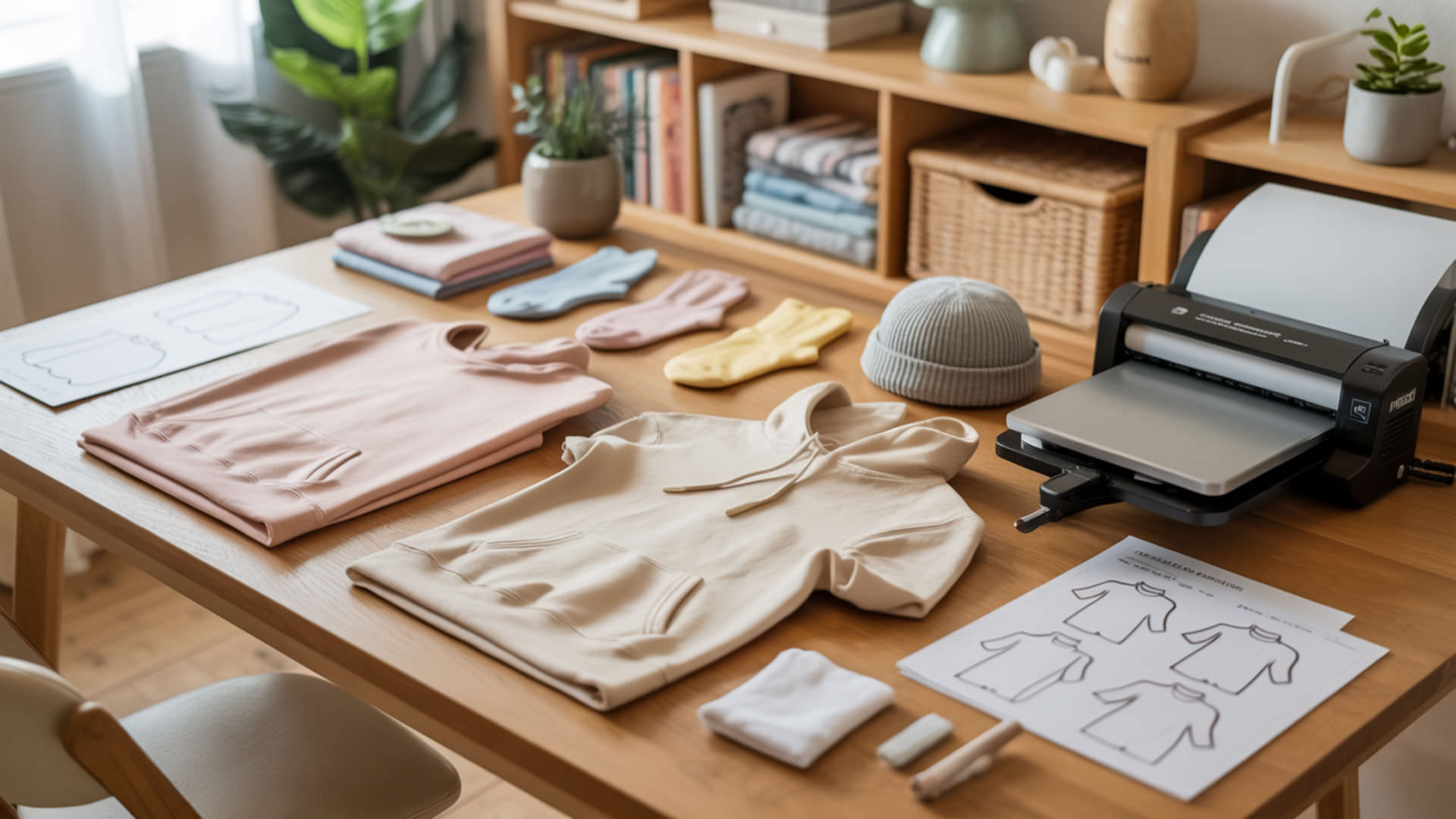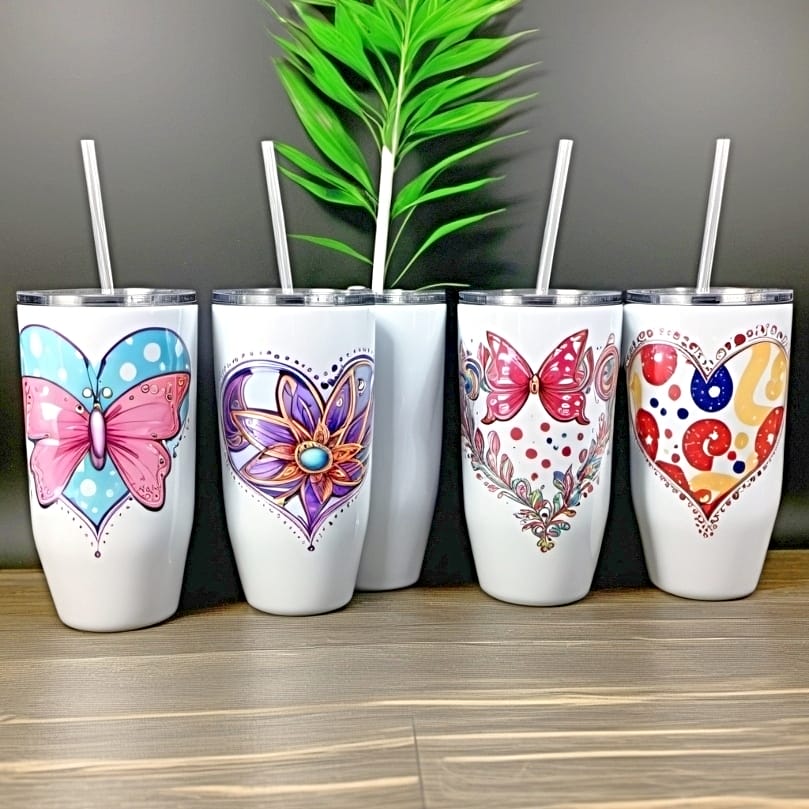Table of Contents
ToggleNow some of you sublimation geeks might be wondering: “Can you use an iron for sublimation?” Yes, but it’s not as straightforward as with a heat press. But don’t worry, we got you covered. In this article, we provide a pragmatic guide on the necessary adjustments, techniques, and considerations for attempting sublimation with a regular iron. You’ll find out not just how to do it, but also understand the pros and cons compared to using a conventional heat press.
Key Takeaways
- You can use a regular iron for sublimation on high polyester content fabrics, mimicking a heat press by setting the iron to its highest temperature and ensuring even pressure and heat.
- While a household iron is more accessible and allows spontaneous customization, uneven heat and pressure as well as a lack of precise temperature control can lead to lower quality results compared to a heat press. Nevertheless, a standard household iron could potentially do the trick if you are not looking for high quality results.
- Achieving successful sublimation with an iron requires preparation, including mirroring the design, using sublimation paper, pre-pressing to eliminate moisture, and allowing the design to cool after transfer for the ink to set properly.
The Iron Sublimation Process: How It Works
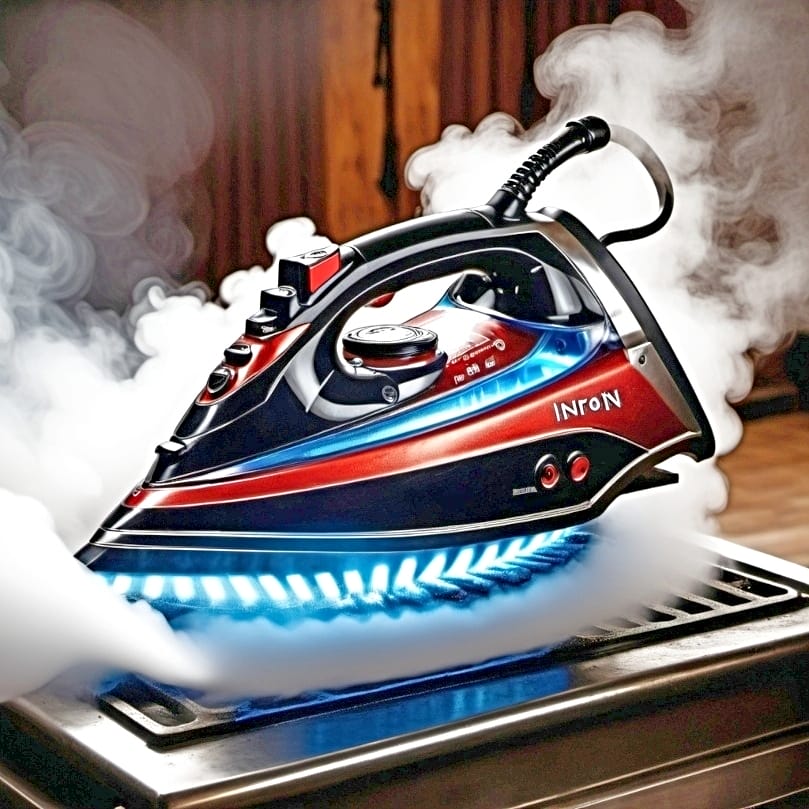
Iron sublimation, a process grounded in scientific principles, utilizes heat to convert sublimation dye into gas that seeps into the polyester fibers’ structure, circumventing the liquid state. The heating mechanism of a standard household iron creates the conditions required for this transformation. For sublimation with an iron, fabrics with high polyester content, preferably above 50%, yield optimal results.
The sublimation process is an alchemy of the ordinary household iron, sublimation paper, and sublimation ink. As the heat from the iron causes the sublimation inks to turn into gas, they solidify within the fabric, creating a durable and professional appearance. Aided by the right kind of sublimation protective paper, uncoated, white, and moisture-releasing, the transfer conditions are optimized, making your sublimation projects a success.[1]
Preparing Your Design
Before commencing with the iron press on the fabric, your design should be ready for the sublimation transfer. Here are the steps to follow:
- Remember that sublimation designs need to be mirrored or reversed before printing. This ensures they transfer correctly onto the substrate.[2]
- Using a sublimation printer and sublimation ink, print the mirrored design onto sublimation paper. Make sure you understand which sublimation printers are best for your needs.
- Ensure that there’s no protective backing and allow the printed design to fully dry before trimming around the image.
The size of your design, which should fit within the iron’s flat area, is another key consideration in the preparation stage. Avoiding holes in the iron that might cause uneven heat and inconsistent transfer is crucial. The final step before transferring is to place protective paper under and over the design. This prevents any accidental ink residue on the ironing surface or the iron, ensuring a clean transfer.
⫸ Click Here For Best Selling Sublimation Printers And Products ⫷Setting Up Your Iron

Configuring your iron for sublimation is a critical step in the process. Before you begin, ensure that any water is removed from the iron, and the steam function is disabled. This prevents moisture from affecting the sublimation results. When it comes to temperature settings, the iron should be set to its highest. This mimics the conditions of a heat press, providing the necessary heat for the sublimation process.
Once you’ve adjusted the settings, place the iron on a protective mat if available. Let it reach the highest temperature before using it for the sublimation transfer. The right setup of your equipment can make a world of difference in the outcome of your sublimation projects. Don’t miss my article on the selection of sublimation spray adhesives!
Prepping Your Material
With your iron set up and ready, you can move on to preparing your material. Here are the steps to follow:
- Place the item on a hard, heat-resistant surface.
- Pre-press the item with the iron to eliminate any moisture and wrinkles.
- Ensure that the fabric you’re working with has a high polyester content and is white or light-colored.
To ensure a successful sublimation transfer, follow these steps:
- Make sure the fabric is flat and smooth.
- Avoid placing your design over any folds or creases, as this can result in white voids.
- Position your design so that it does not overlap with the holed areas of the iron.
- Secure the sublimation transfer paper onto the substrate using heat-resistant tape to prevent it from moving during the transfer process. Follow these instructions for buying the best heat tape.
Following these steps will help you achieve a clean and consistent result. You can also read my guide if you are wondering about what can be used instead of heat tape in the sublimation process.
Pros and Cons of Using an Iron for Sublimation

While using an iron for sublimation is intriguing, it brings along its share of advantages and drawbacks. Hobbyists might find an iron a practical and affordable alternative to expensive dedicated equipment. Iron sublimation is also practical for quick, on-demand customization in scenarios where traditional heat press equipment is inaccessible.
But is it all rosy and perfect? Let’s dive deeper.
Benefits of Iron Sublimation
Iron sublimation’s primary advantage lies in its cost-efficiency. Not everyone has the resources or space to invest in a dedicated heat press. An iron, on the other hand, is a standard household item, making it an accessible tool for anyone keen to try sublimation.
Furthermore, iron sublimation offers the flexibility of on-demand customization. Whether it’s a last-minute gift idea or a spontaneous personal project, having the ability to customize items quickly and easily is a great advantage. You don’t need to plan ahead or wait for a heat press to heat up, making it a convenient option for spontaneous sublimation projects.
Limitations and Challenges
Despite its advantages, using an iron for sublimation also introduces certain limitations and challenges. Household irons can have unequal heat distribution and lack precise temperature settings, which are critical for effective sublimation. Standard irons also present challenges in applying consistent pressure across the entire design, restricting the size of sublimation projects due to their limited surface area.
Sublimation with an iron can result in:
- Inferior durability and image quality
- Longer processing times
- Difficulty achieving the exact pressing times required for quality transfers due to the absence of built-in timers in household irons
For assured results, it is recommended to use a heat press for sublimation.
Tips for Successful Iron Sublimation
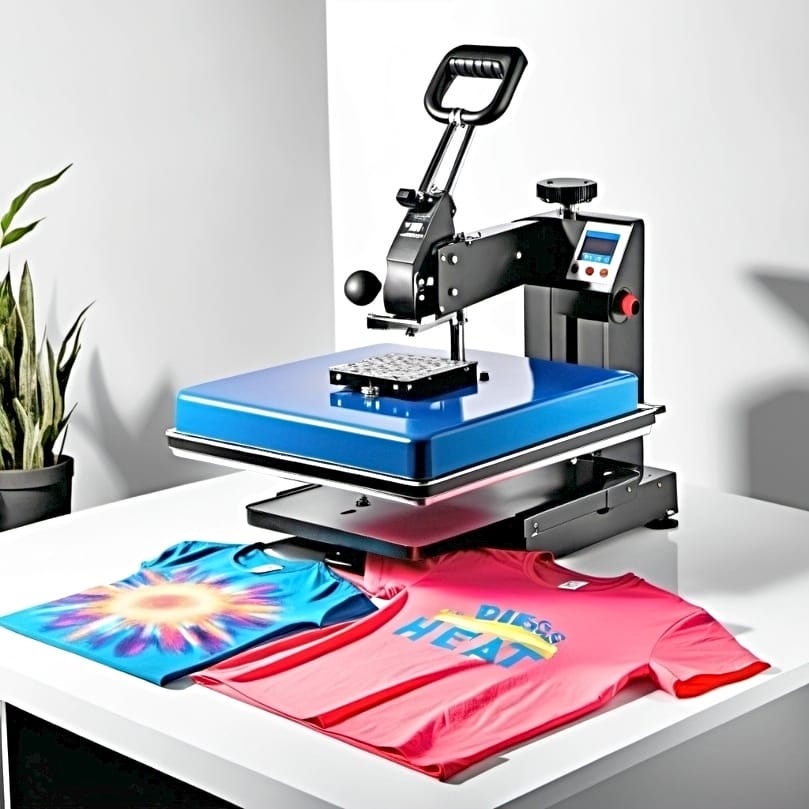
Even with the challenges, it is not improbable to achieve successful iron sublimation. With careful application and attention to detail, it’s entirely feasible to create beautiful sublimated items with just a household iron.
Here are some crucial tips to help you make the most of your iron sublimation projects.
Applying Heat and Pressure
The correct application of heat and firm pressure is indispensable for successful iron sublimation, and even heat distribution plays a crucial role in this process. The design must be securely adhered to the substrate using heat-resistant tape or heat tape. This prevents any movement during the application of heat and pressure, ensuring a clean transfer. The heating element should provide consistent heat distribution for optimal results, and temperature control is essential for maintaining the desired heat levels.
To properly apply a transfer, follow these steps:
- Place the iron flat against the transfer.
- Maintain medium pressure for about 60 seconds without moving to ensure even application of heat.
- Use a protective mat underneath the transfer.
- Place protective paper both underneath and over the substrate during the transfer to avoid ink bleed onto other surfaces.
Cooling and Finishing
After applying heat and pressure, allow the item to cool down. This is an essential part of the process as it ensures the dyes properly set to the fabric or substrate. After the sublimation process is complete, set aside the iron and allow the sublimated item to cool to a temperature that is safe to touch.
Once the sublimated item has fully cooled, the heat transfer paper or Infusible Ink sheet can be carefully removed to reveal the finished design. This exciting moment reveals the fruits of your labor, a durable, professional-looking design created with just your household iron.
Iron vs. Heat Press: A Side-by-Side Comparison
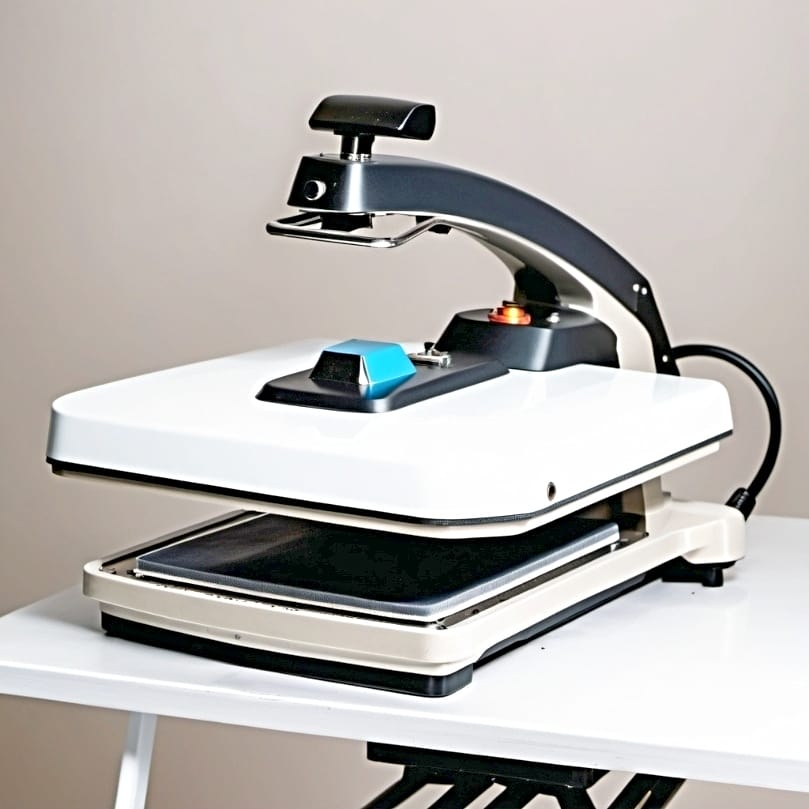
So, how does iron sublimation compare to using a heat press? Both the iron and the heat press can successfully transfer designs. However, when sublimating with an iron, a few areas were not as dark, indicating somewhat less effective transfer compared to the heat press.
The iron and heat press results show a clear difference in color vibrancy and overall quality, with heat press yielding more vibrant colors compared to the iron pressing’s faded outcomes. This distinction is something to consider when deciding between these two methods.
While using an iron for sublimation is a cost-effective option, there are recent introductions of compact heat presses designed for small projects like the Cricut EasyPress Mini introduced in 2019. These mini heat presses provide consistent temperature and pressure, ensuring better results than traditional irons. They’re affordable, portable, and great for beginners looking to improve their sublimation quality without investing in larger equipment. Explore options from trusted brands to enhance your projects!
If you decide to go with a heat press, make sure you understand how to select the best heat press for your sublimation crafts.
Choosing the Right Equipment for Your Sublimation Needs
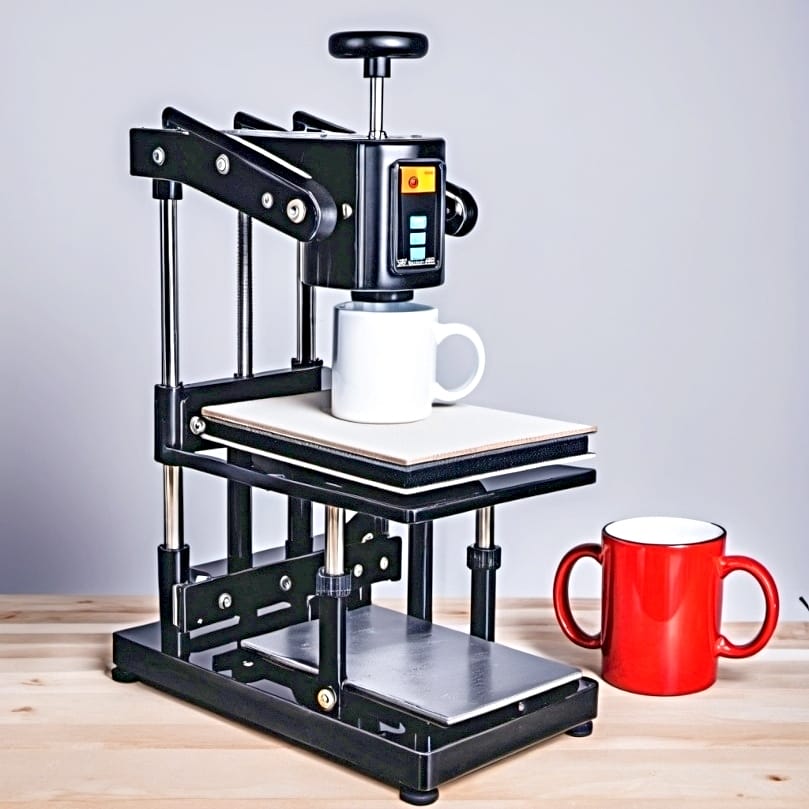
Selecting the appropriate equipment for your sublimation needs is of utmost importance. Sublimation equipment options vary and include:
- Traditional heat presses, perfect for flat items
- Specialized standalone mug presses
- Versatile convection ovens for cylindrical items
- Portable presses like the Cricut EasyPress 2 for smaller projects
When selecting a sublimation printer, consider factors such as:
- High-quality ink
- Appropriate printing area
- Easy setup
- Pros and cons between cartridge and bulk ink systems
For high-volume printing, advanced printers like the HP Stitch S500 are a great choice. Always match your choice of equipment to your business scale and production needs. In addition to purpose built sublimation printers, there are Epson EcoTank printers you can convert for sublimation crafts.
Substrates Suitable for Iron Sublimation
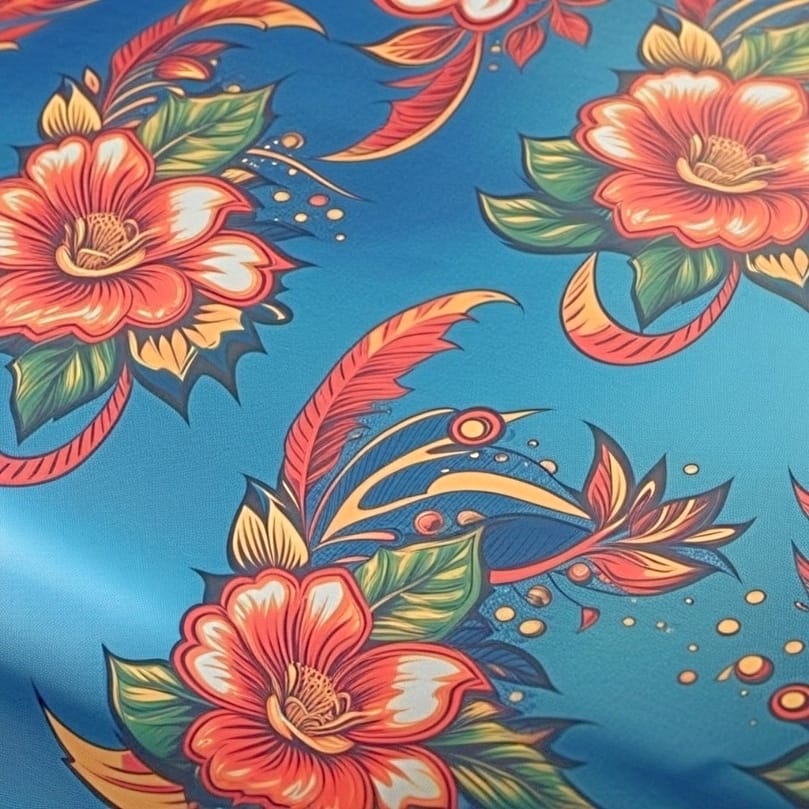
Iron sublimation isn’t restricted to a single type of material. White or light-colored fabrics with a high polyester content are ideal for iron-on sublimation to achieve vibrant and permanent colors. Polyester’s ability to open its polymers under heat makes it a preferred fabric for dye sublimation.[3]
Apart from polyester, other synthetic fibers like nylon, rayon, and acrylic can be sublimated with an iron, albeit with certain conditions. Blended fabrics with at least 50% polyester content are viable for a vintage look since the ink bonds only with the polyester fibers.
Even small, flat items such as bracelet charms, keychains, mousepads, or pet tag inserts can be successfully sublimated using a household iron with careful pressing.
Summary
In conclusion, using an iron for sublimation opens up a world of DIY possibilities. While it may not yield results as vibrant as those achieved with a dedicated heat press, it’s a cost-effective and accessible alternative for hobbyists and on-demand customization. With careful application, attention to details, and the right materials, you can create beautiful, professional-looking designs right from the comfort of your home. I hope you enjoyed this guide. Remember, there are so many different types of sublimation projects you can do – from creating custom sublimation licensed plates, to sublimation crafts on leather and creating custom koozies using sublimation. Explore the website resources to learn more!
Frequently Asked Questions
What can I use instead of a heat press for sublimation?
You can use an iron instead of a heat press for sublimation. It’s easy to do and will give you great results!
Can you iron instead of heat press?
Yes, you can use a regular iron instead of a heat press for simple vinyl projects, and the difference between iron-pressed vinyl and hot-pressed vinyl is hard to notice. You can use it for t-shirts, aprons, caps, jackets, pillowcases, and tote bags.
Do you need a heat press for sublimation?
Yes, you need a heat press for professional sublimation printing as it delivers consistent and high-quality prints and has a large enough surface to handle large papers. Using a standard home iron can be cumbersome and not ideal for sublimation printing.
What materials are suitable for iron sublimation?
To achieve successful iron sublimation, it’s best to use white or light-colored fabrics with a high polyester content, as well as other synthetic fibers such as nylon, rayon, and acrylic under certain conditions. Date not applicable.
How does iron sublimation compare to using a heat press?
Using a heat press generally produces more vibrant colors and better quality compared to iron sublimation, thanks to its consistent heat and pressure. Keep this in mind for your projects!
References
- Helmenstine, A. M., PhD. (2020, January 9). Sublimation Definition (Phase Transition in Chemistry). ThoughtCo. https://www.thoughtco.com/definition-of-sublimation-phase-transition-604665
- Admin. (2022c, August 8). What is Substrate? – Definition and Examples of Substrate with FAQs. BYJUS. https://byjus.com/chemistry/substrate/
- L, J. (2022b, March 9). Polyester Fiber and its uses Properties and application of Polyester Fibers and Polyester Yarn. https://www.linkedin.com/pulse/polyester-fiber-its-uses-properties-application-fibers-lei-liu/











